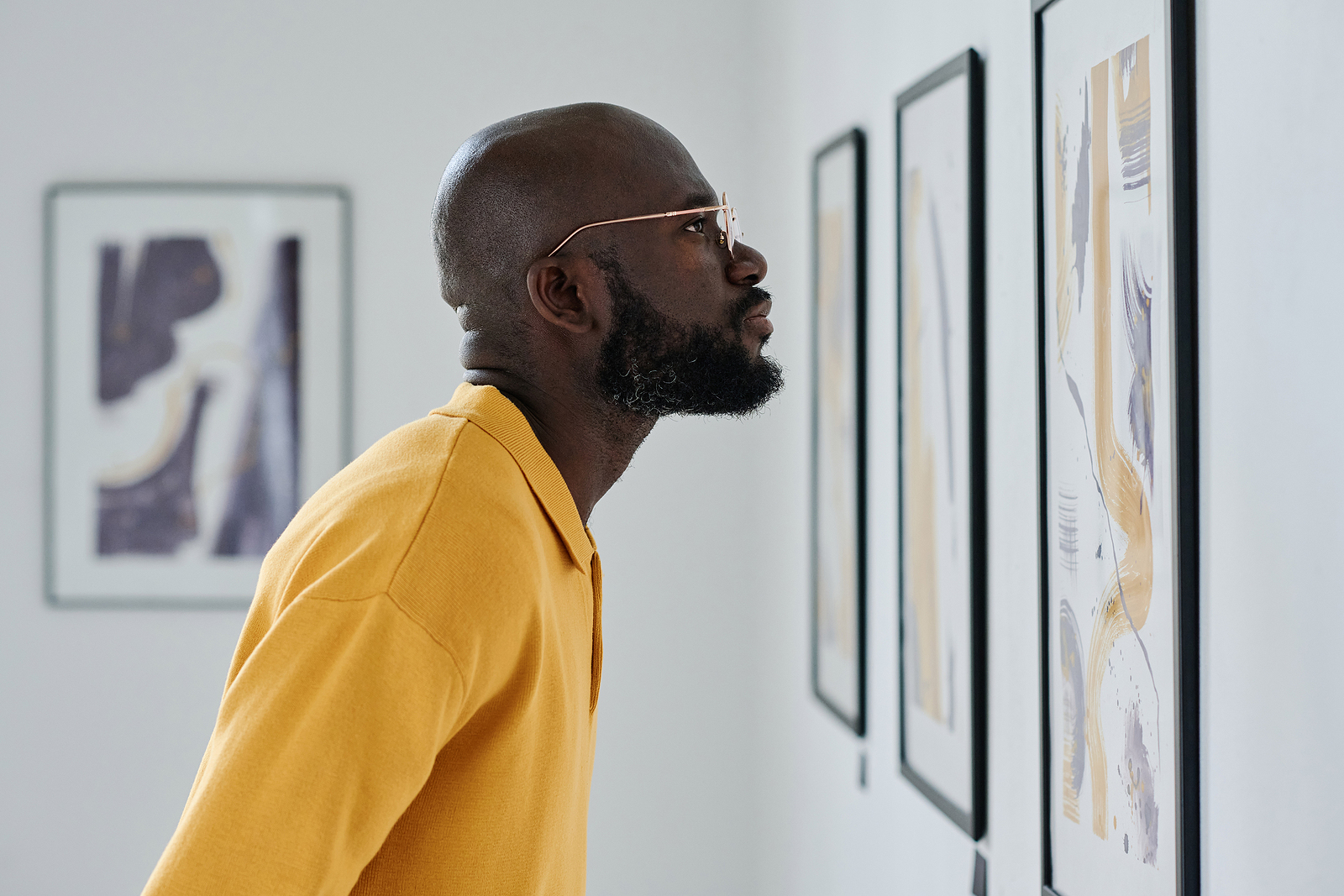Did you know that collecting fine art can become an addiction? And like any other obsession, it is difficult to break a habit when you are already addicted to the aesthetics. In reality, though, it is not only hard to get possessed by the charms of canvases and sculptures; it is also sometimes even impossible to be an art collector for a long period of time. So, yes, it is hardly a successful addiction if you can say so. However, there is a good chance you might want to start your own collection in 2022-2023, and here is what you need to know to hit the ground running.
Collecting fine art in 2022-2023
In the past, collecting was a privilege; nowadays, it is a possibility. Even if you are a low-key investor and don’t have a big budget to spend, you can still begin your modest collection and fully plunge into your new hobby or career. Romantic as it may sound, your enthusiasm and the strength of your motivation are the deciding factors for your success. As Jim Rohn once said, “If you want to do something, you will find a way. If you don’t, you will find an excuse.”
Collecting fine art in 2022-2023 presents unparalleled opportunities that people couldn’t even imagine in the past. On the one hand, you can take a traditional route and start with physical copies of artworks or their originals. It is a well-trodden path, so before you start your journey, you will be able to learn a lot about the market, its habitants, peculiarities, and fluctuations. On the other hand, you have a chance to become one of those few who put trust in a digital world of art, virtual galleries, NFTs, etc. In this case, the risks are much higher, and you will apparently have a lesser amount of structured information and relevant experience.
Both ways of collecting fine art are unique and cannot be explored in the same manner. However, there are several similar rules that concern the two:
– Start small even if you have a large budget. It will be easy to build your career step by step.
– Don’t try to focus on many things at the same time. In the beginning, it’s better to see how things work out individually.
– Build community from the start. Other collectors, art advisors, dealers, artists, and shippers – all of them might be of great help in the future.
With this information in mind, you are much closer to understanding art market trends and how you can synchronize your goals with them. To sum up, collecting fine art is not a bed of roses, but you have got gloves to manage it properly.

